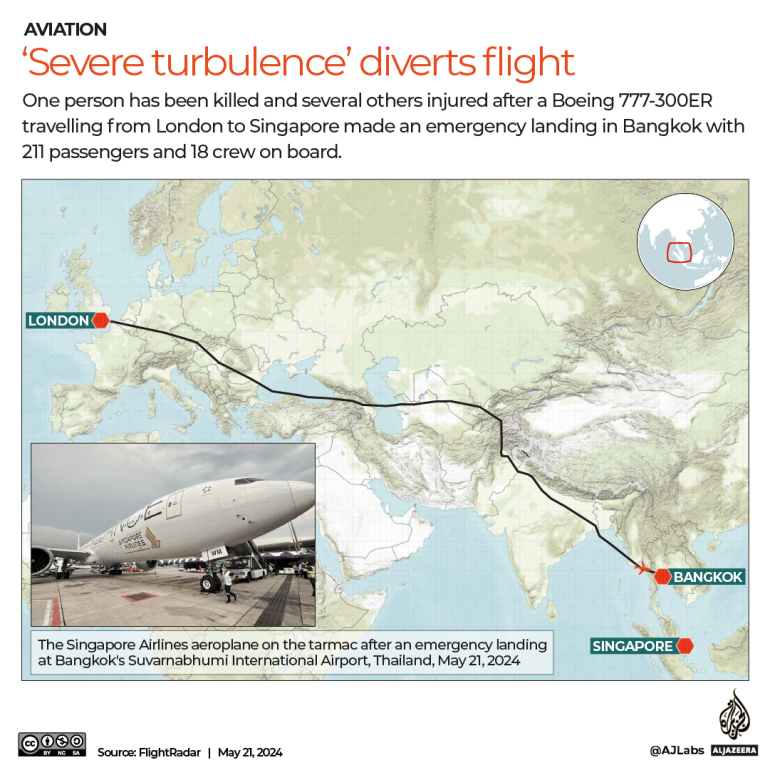Singapore is shaping up to be an international hub in more ways than one. It boasts arguably the best airport in the world. It is visited by millions of tourists each year, so much that they are now expanding. Singapore’s business environment is also one of the best in the world attracting numerous companies, businesses and investments from all over the globe.
Singapore has always been a multi-racial society. Historically, it has been an important trading hub in Southeast Asia and a melting pot of culture. It is home to people of different race, language, and creed where everyone coexists peacefully. How are Singaporeans taking it? Apparently, better than ever before.
Colour-blind
A study by the Institute of Policy Studies and OnePeople.sg revealed that Singaporeans have continued improving when it comes to embracing racial diversity: a majority now preferring to adopt colour-blindness when it comes to their interactions and employment.

The study observed a spike in both of the Singaporeans’ inter-racial and inter-religious trust when in times of a national crisis in Singapore.
Over 58% of the respondents said that they could trust at least more than half of other races — Singapore Chinese, Singapore Malays or Singapore Indians– when it a national crisis strikes.
On the other hand, over 59% of the respondents said they could trust at least more than half of people from other religious backgrounds — Buddhists, Taoists, Muslims, Christians, Hindus, or those with no religion — in times of crisis in Singapore.
Young blood
Younger people seem to be more trusting than older generations when it comes to other races. Those in the 18-25 age bracket have higher inter-racial trust than those in the 56 and above bracket.
This can be attributed to the younger generations being more exposed to the racially integrated terrain of Singapore than their older counterparts. This is an opportunity for Singapore to launch initiatives that will allow the older generations to interact with the diverse environment of the country.
The battle continues
While these improvements are welcome, the same study found that a significant amount of Malay respondents (52%) felt racial discriminations in job applications “sometimes” or “often.” 47% Indian respondents reported discrimination as well.
Overall, there is an observed average increase of 5.5 percentage points when it comes to the number of Malay and Indian respondents who felt workplace discrimination.
 The study pointed out that a reason behind this increase could be also the heightened awareness of discriminatory behaviours. Nevertheless, this shows that discrimination does exist in the workplace.
The study pointed out that a reason behind this increase could be also the heightened awareness of discriminatory behaviours. Nevertheless, this shows that discrimination does exist in the workplace.
With this, companies need to be more aggressive in making sure that their workplaces are safe spaces for everyone.
And so, the battle continues. Singapore has made huge strides. Now it is a matter of making sure that it always remains on the right track.









